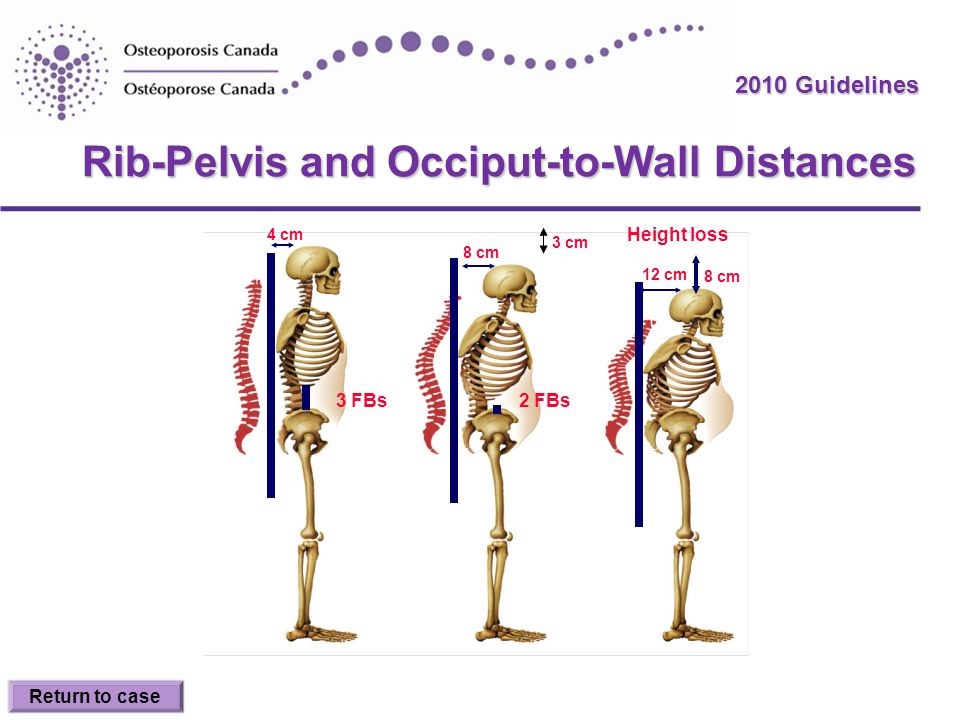Submitted by Penrose & Associates Physical Therapy
Is ‘Osteoporosis (Soft Bone) a Normal Part of Aging? No! It means that your body is losing bone density faster than it should and you need to find out why. Is it hormonal, is it from medications, lack of ability to absorb Vitamin D and other vital nutrients/minerals, what is the true cause of this problem for you? Make sure you work with a team of providers that will help you find out the why so your plan actually works (versus just jumping on prescription medications). Then your treatment can work on the cause(s) and you can work on nutrients, how to move correctly, and a resistance bone density program.
Over half of US adults age 50 and older have soft bone. Millions of Americans are at risk for a fracture if they fall from a standing height due to soft bone. It is not normal to fracture from a fall at a standing height or less.
Definitions:
- Osteoporosis is porous bone, which is like saying your bones are like butter. Butter is soft and if you fall on butter likely it will be crushed.
- DXA – bone density scan – is a dual energy x-ray gold standard for Bone Mineral Density testing. Women at age 65 should consider a baseline if they haven’t already, men 70 and over.
- Normal -1.0 and above
- Low bone density is -1.1 to -2.4. Osteopenia – the time do act quickly to prevent it from getting worse!
- Osteoporosis is anything -2.5 and lower. Definitely work on improving your score so you don’t end up with fractures from something as simple as coughing.
Other important facts about soft bone:
- Affects 54 million Americans – 60% of people older than 55.
- Every year, there are more spinal vertebral fractures than cardiac events and stroke combined.
Below shows a picture of what happens with advancing soft bone and multiple compression fractures in the soft bone in the spine. Remember if you think of your soft bone like butter you can see how the vertebrae can collapse over time with poor posture and bending of the spine incorrectly during your daily routines.

- You will see in the picture historical height loss of > 4 cm, or 1.6 inches, suggests incidence of vertebral fracture.
- Wall Occiput distance – this is the distance from the back of your head to the wall when you stand erect – heels backed up against wall – without tipping your head backwards to meet the wall – chin stays level. If you are greater than 4 cm from the wall then you have likely had a compression fracture.
- Rib-pelvis less than or equal 2 fingerbreadths. If you have less than 2 fingerbreadths between where your hip crest is and your last rib then you have likely had compression fractures. Place your hands on your hips and see how many fingers you can get there before you feel your last rib.
- More than half-inch height loss in a calendar year is likely a compression fracture.
These are all measurements in the clinic a doctor of physical therapy that specializes in osteoporosis would likely do or at least some of them.
It is not normal to shrink with age! More than half an inch a year or more than 1.6 inches in your lifetime is not normal. Now, with severe scoliosis that will affect your height but that is a different issue. And yes with significant degenerative disk disease – also separate issue – you can have some loss of height but more than half an inch a year or 1.6 inches in a lifetime is likely from soft bone vertebral compression fractures in the spine.
It is not enough to be “careful.” You need to be proactive with the right minerals, vitamins, how to move correctly, bone strengthening, balance and posture program.
We specialize in osteoporosis at Penrose Physical Therapy. If you want to learn how to move safely with osteoporosis and clear guidance on what to do for exercises that will help with bone density and posture then physical therapy is the right place to start with us.
We also have a Yoga class designed for building bone density. If you are interested in our free tips report on osteoporosis please email info@penrosept.com.
We are located at 1445 Galaxy Dr. Suite 301 in Lacey. Penrose Physical Therapy mission is to keep you mobile and independent. Visit the Penrose & Associates Physical Therapy website or call 360.456.1444.

















































